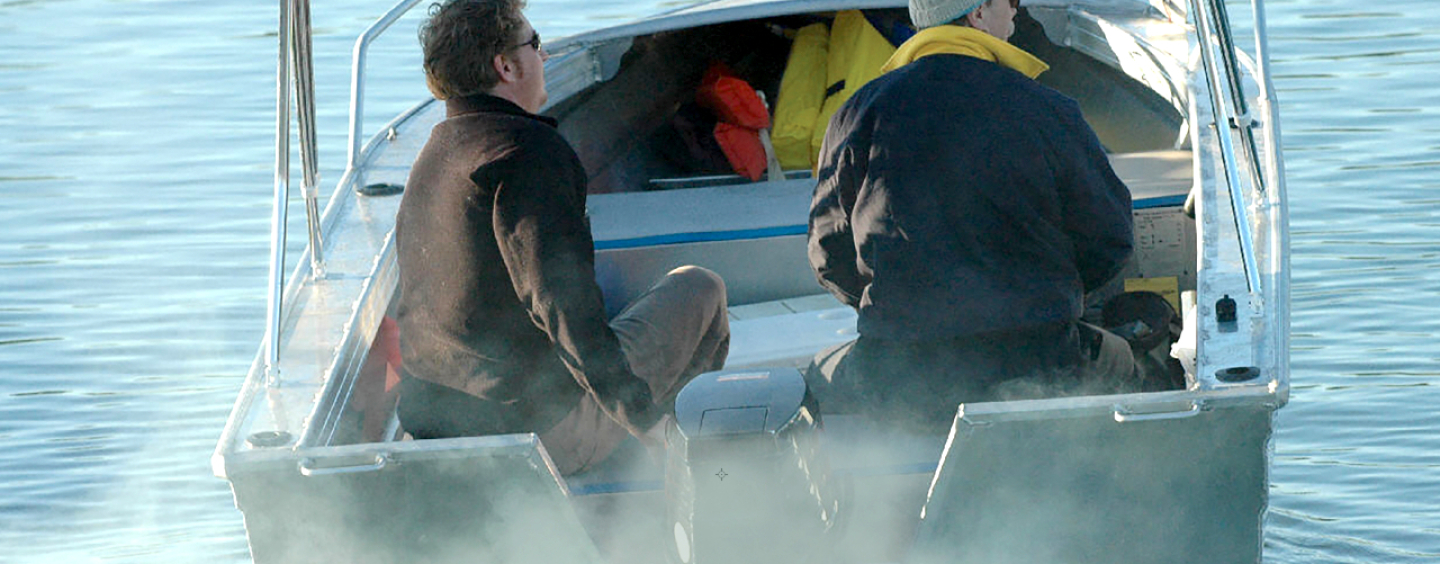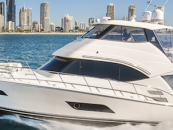The news about outboard emissions laws have all gone a bit quiet from Canberra since January 2017. But, it turns out that this duck is paddling furiously. The Department of Environment and Energy is still confident that the Bill (that seeks to “provide the overall powers for the Minister responsible for the Environment to set emission standards for non-road spark ignition engines and equipment [NRSIEE]”) will be introduced in May and passed in August, with the detailed regulations to follow.
But do not panic. The law will not be effective until 1 July 2018. After that, only four-stroke and direct-injection marine engines will have certified low emissions and can be imported. Dealers will have a year to clear old stock.
The additional paperwork requirements will make personal imports harder to arrange, so expect to see fewer grey market imports, including boats with an engine or any stand-alone petrol engine.
The original plan was to follow the world’s toughest standard, the USA EPA. But with the EU standards harmonizing with the US standards in 2016, either EU or USA certification will get an engine past Customs Clearance.
Clean engines may even open more freshwater boating, like Lake Lenthalls and Wivenhoe, which were opened up to clean engines only in recent years.
Some in the marine industry fear the changes and are asking for more time. Given it has been on the cards since 2005 and AS1799 boat-building standard was updated in 2009 for heavier clean outboards, it is hard to justify further delays.
All of the seven main outboard companies all have a full range of clean compliant engines. No one gets a competitive advantage from these laws. That is not to say we will not see market change. Boaties who enjoy the advantage of low-weight two strokes may take a green leap forward, bypass four-strokes and go directly to the convenience and weight advantages of electric outboards, like Torqeedo.
There is also the occasional rumour that existing carby two-strokes will be banned. Banning what are already on boats was never on the agenda. Used two-strokes will still be freely sold for years to come, although I fear they will lose a lot in resale value. No one can tell me how long parts will be available.
If you have not been following this story closely, the work started in 2005 to reduce the very high emissions on non-road engines, from lawn mowers to outboards. A carby two-stroke has about eleven times the emissions of the equivalent four-stroke or DI two-stroke. A two-stroke mower has forty times the emissions of a car. I do not even want to see the numbers for a 60hp two-stroke outboard. Clearly, setting the standards was inevitable.
It has been a long time coming.
By Gary Fooks
View the Update Paper on this link: http://bit.ly/2olKwqJ
(May-Aug2017)



























